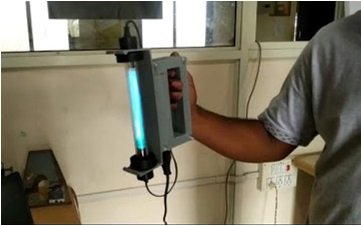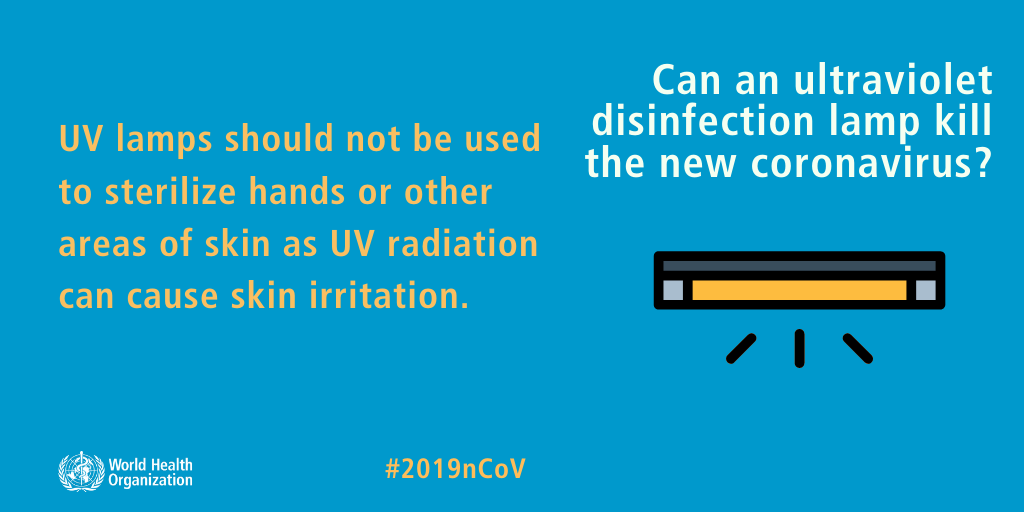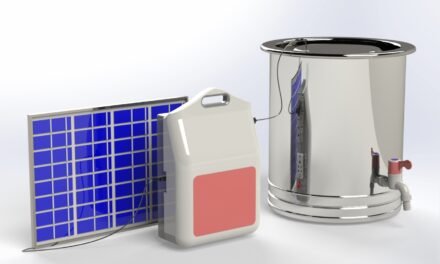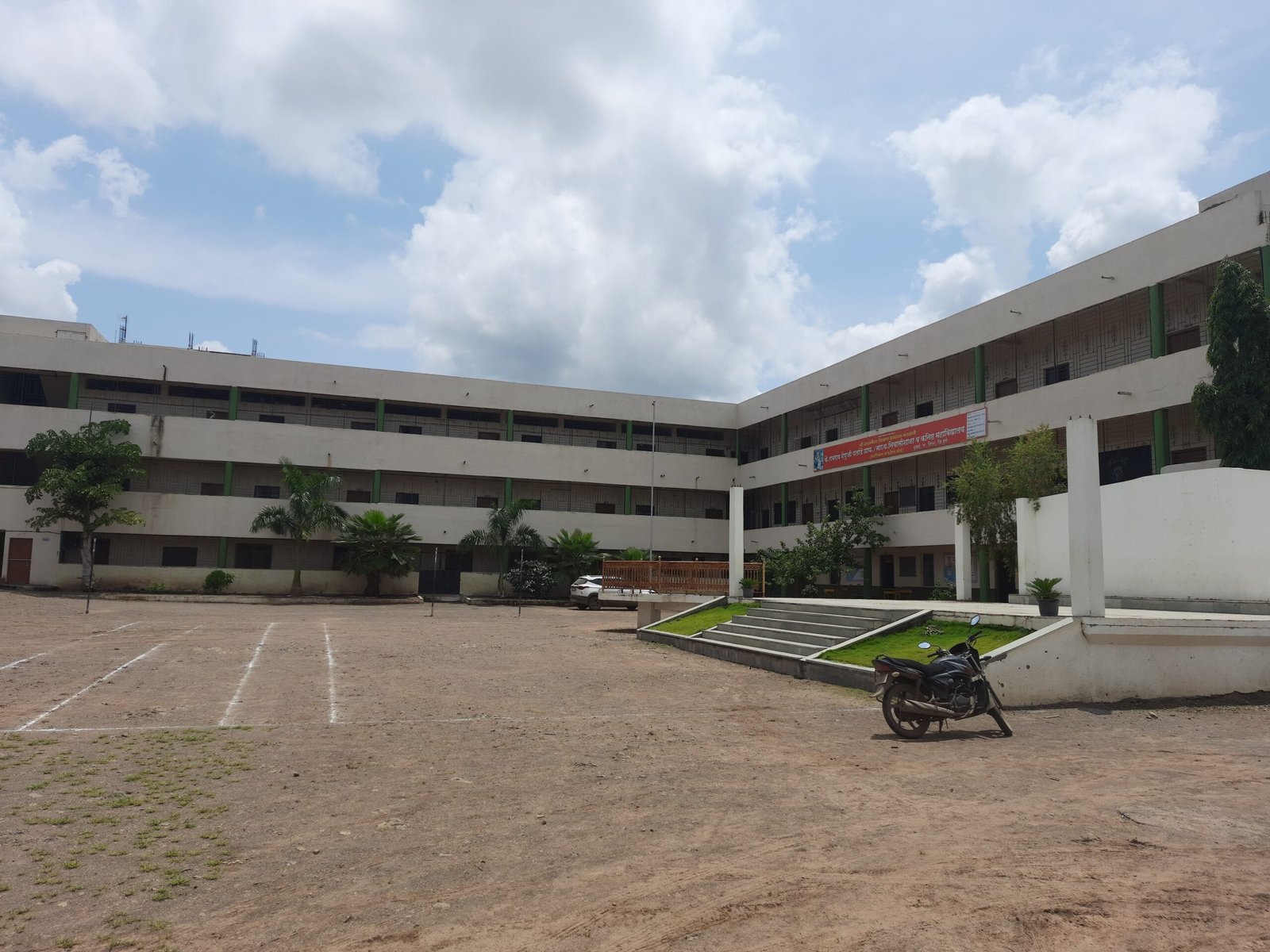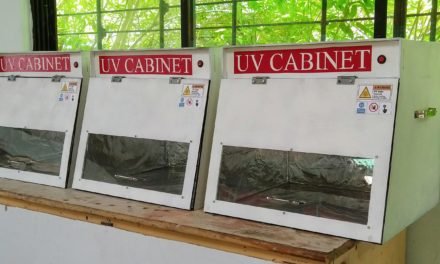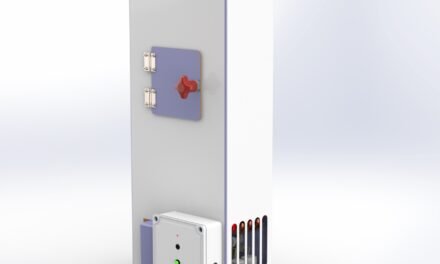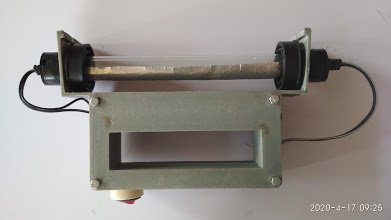
(https://drive.google.com/open?id=1u8yceJxz-d3bGoFt2XxN653YW1SXdnAT)
Coronavirus disease (COVID-19) is an infectious disease caused by a newly discovered coronavirus. Most people infected with the COVID-19 virus will experience mild to moderate respiratory illness and recover without requiring special treatment. Older people and those with underlying medical problems like cardiovascular disease, diabetes, chronic respiratory disease, and cancer are more likely to develop serious illnesses. The best way to prevent and slow down transmission is to be well informed about the COVID-19 virus, the disease it causes and how it spreads. Protect yourself and others from infection by washing your hands or using an alcohol-based rub frequently and not touching your face. The COVID-19 virus spreads primarily through droplets of saliva or discharge from the nose when an infected person coughs or sneezes, so it’s important that you also practice respiratory etiquette (for example, by coughing into a flexed elbow). https://www.who.int/health-topics/coronavirus#tab=tab_1
What is UV light?
- Ultraviolet light, also known as UV light, is invisible to humans. Though it’s adjacent to visible light on the electromagnetic spectrum, its wavelengths are just too short for our eyes to register and see.
- UV rays are also high-energy, so while we can’t see them, we certainly feel their effects. For instance, ultraviolet light generated by the sun is what gives you a tan — or a sunburn. It can also lead to skin cancer.
Ultraviolet light falls into three categories, according to the World Health Organization:https://www.who.int/uv/faq/whatisuv/en/index2.html
- UVA: This is the lowest-energy form of UV, and it accounts for about 95% of the ultraviolet light that reaches the Earth from the sun. It can penetrate deep into the skin’s layers, which makes it responsible for the early tanning effect. It also contributes to skin ageing, wrinkling and possibly skin cancer.
- UVB: This higher-energy type of ultraviolet light can permeate the skin’s superficial layers. It’s responsible for delayed tanning (and burning), and is a big contributor to skin cancer and ageing. Most of the UVB that comes our way is absorbed by the Earth’s ozone layer, so it only makes up about 5% of the solar UV that reaches Earth.
- UVC: The highest-energy category of ultraviolet light — any higher and you’d be in X-ray territory — is also the most damaging. Luckily, the ozone layer and atmosphere completely absorb it. The UV light used in medical disinfection devices is a particular wavelength of UVC.
How does UV disinfect stuff?
- Ultraviolet light can penetrate the cells of pathogens and damage the DNA or RNA that contain their genetic code, said Jim Malley (https://ceps.unh.edu/person/james-malley-jr), an environmental engineer at the University of New Hampshire.
- There’s also some evidence that UV can damage the amino acids and proteins that either protect the virus or allow it to attach to and infect a host cell
Can I disinfect myself with UV light?
- No way. UV will damage your skin and eyes, and you won’t even know it’s happening until it’s too late. And UVC, which is typically used in commercial devices, is the most damaging of the bunch. So, no, you absolutely should not try to use UV on your body.
Design Files:
CATIA V5 CAD files:

3D Printing:
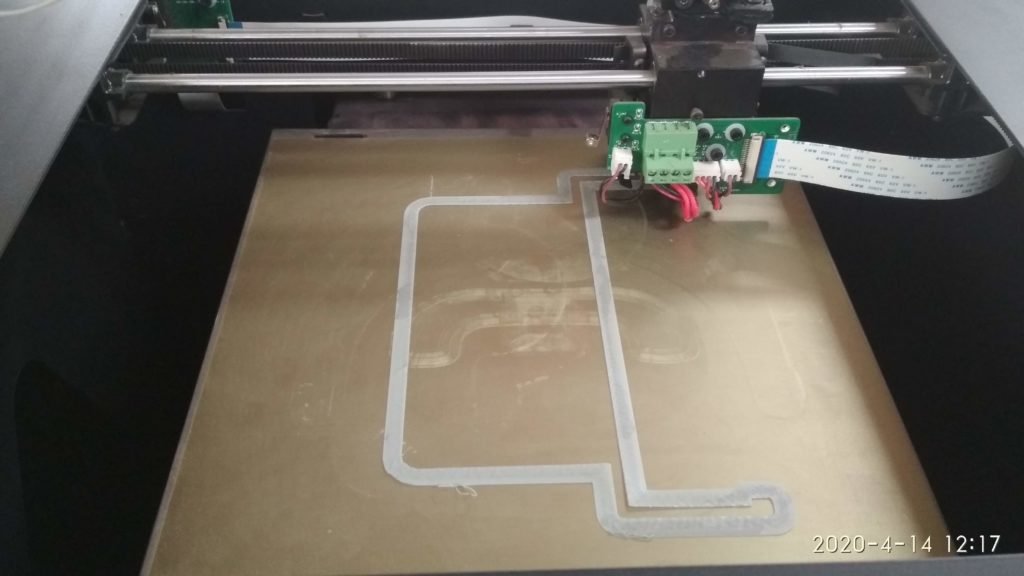
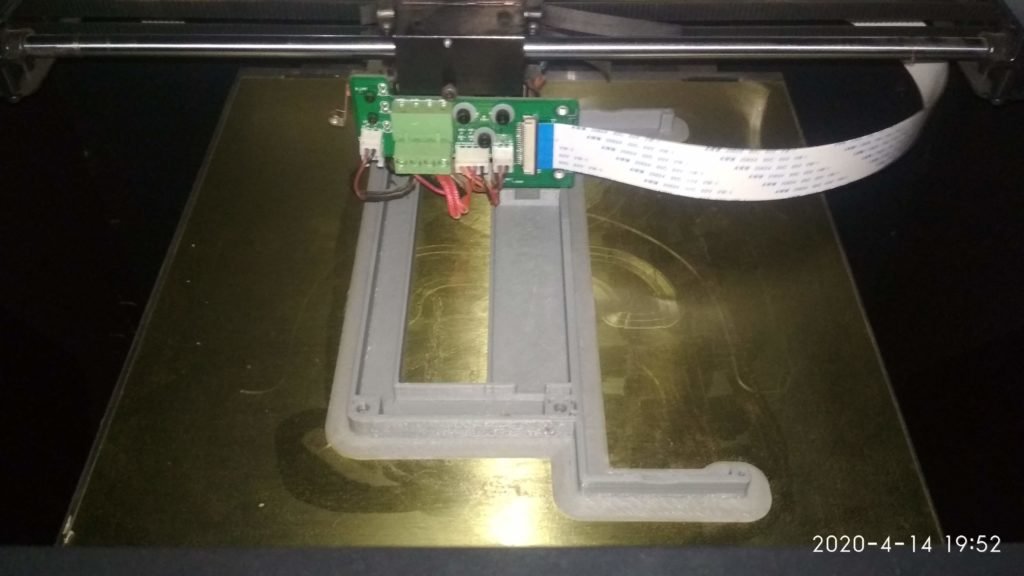
3D printing of Male and Female
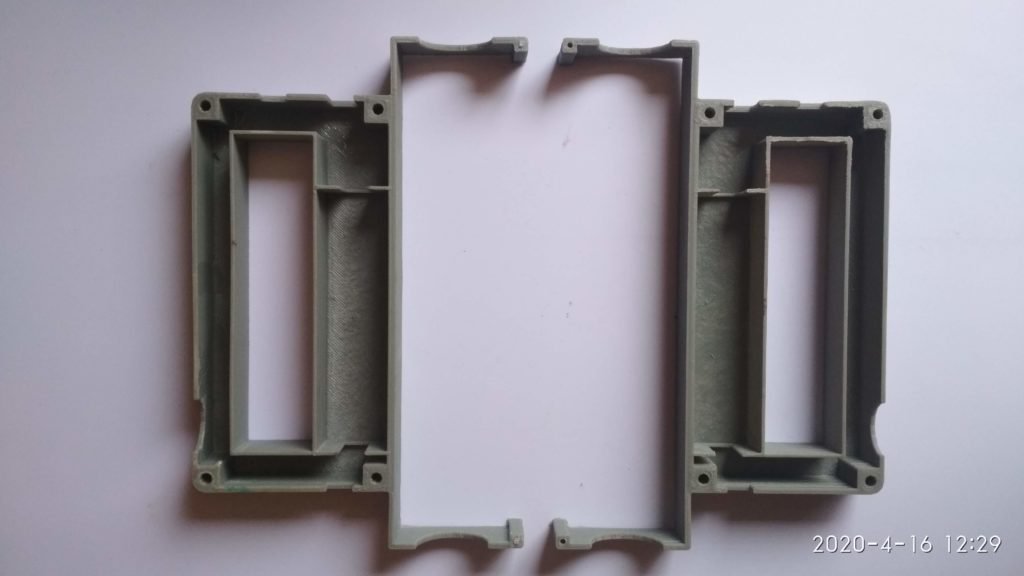
Actual 3D printing handle casine of Males and Female
Electrical connection and Assembly:
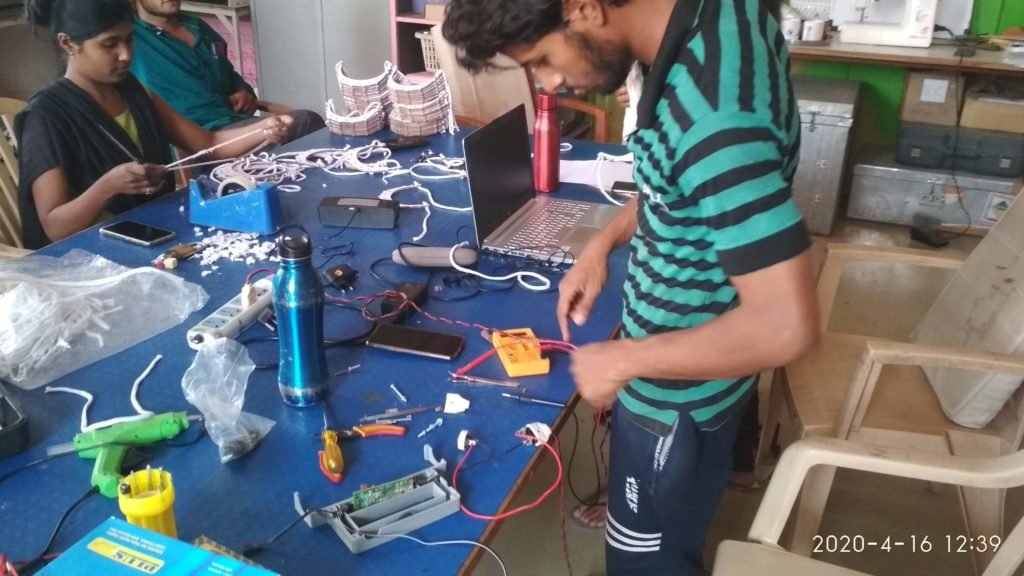
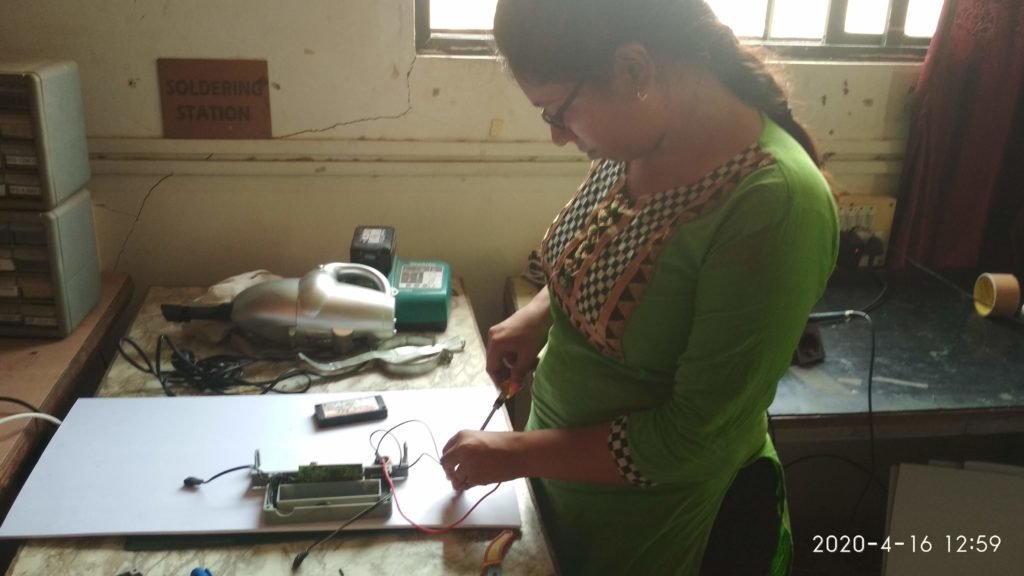
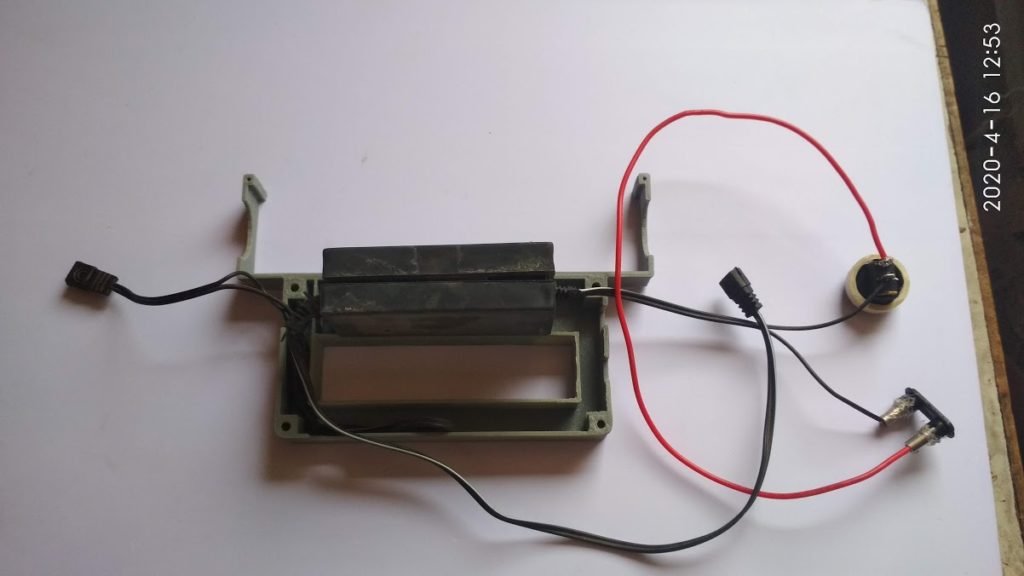
Electrical connection assembly
Testing and Applications:
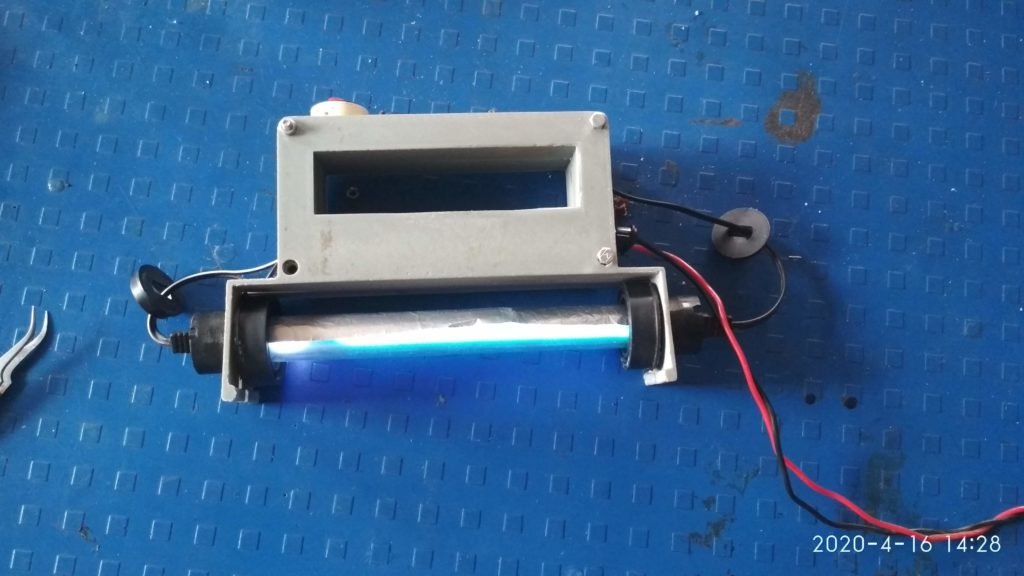
Actual testing of UV- torch
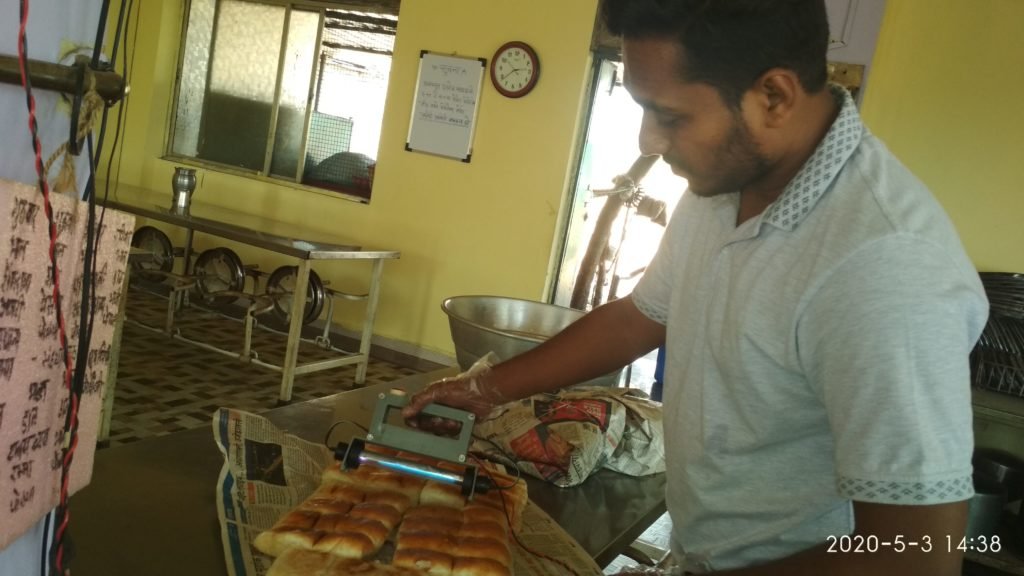

Application of UV- torch on outside market products in Vigyan Ashram, Pabal

